How To Focus A Telescope?
Focusing a telescope is a fundamental skill for any amateur astronomer or stargazing enthusiast. Achieving a sharp, clear image can significantly enhance your viewing experience, whether you're observing the moon, planets, or distant galaxies. This article will guide you through the essential steps and considerations for properly focusing a telescope, ensuring you get the most out of your astronomical observations.
Understanding Your Telescope

Before diving into the focusing process, it's crucial to understand the type of telescope you are using. There are three main types of telescopes: refractors, reflectors, and compound (or catadioptric) telescopes. Each type has a different focusing mechanism:
1. Refractor Telescopes: These use lenses to gather and focus light. The focusing mechanism typically involves a knob that moves the eyepiece in and out.
2. Reflector Telescopes: These use mirrors to collect and focus light. The focusing mechanism usually involves a knob that adjusts the position of the primary or secondary mirror.
3. Compound Telescopes: These combine lenses and mirrors. The focusing mechanism can vary but often involves moving the primary mirror.
Initial Setup
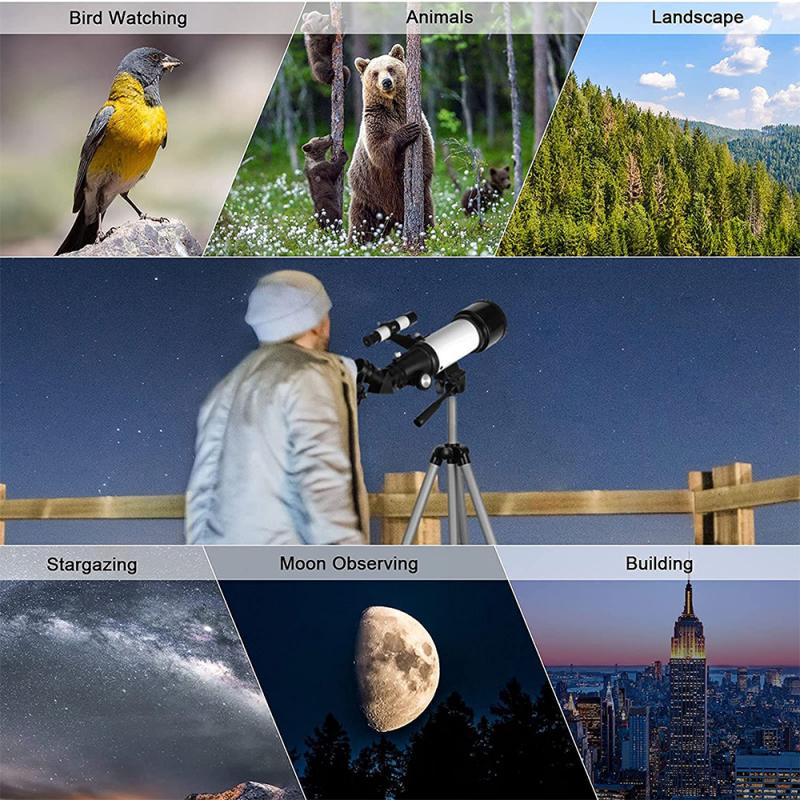
1. Stabilize Your Telescope: Ensure your telescope is on a stable, level surface. Any movement or vibration can make focusing difficult.
2. Align the Finderscope: The finderscope is a small, low-power telescope attached to the main telescope. Align it with the main telescope to make locating objects easier.
3. Choose the Right Eyepiece: Start with a low-power eyepiece (one with a longer focal length). This will give you a wider field of view, making it easier to locate and focus on objects.
Focusing Steps
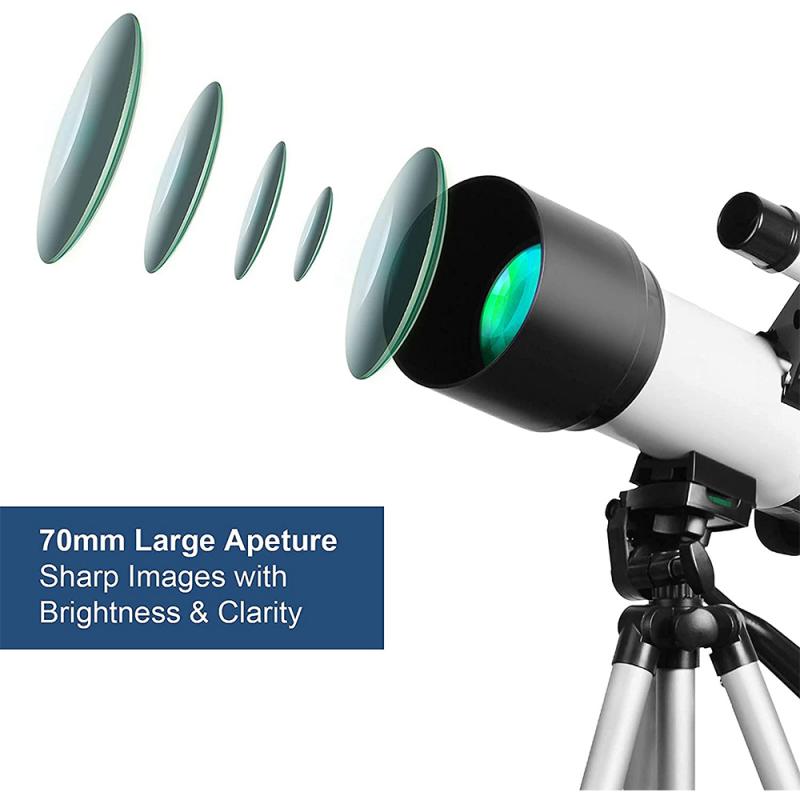
1. Locate a Bright Object: Begin by pointing your telescope at a bright object, such as the moon or a bright star. These objects are easier to focus on and will help you get a clear image.
2. Adjust the Focus Knob: Slowly turn the focus knob while looking through the eyepiece. Move the knob in small increments to avoid overshooting the focus point. The image should gradually become sharper.
3. Fine-Tune the Focus: Once the image is relatively clear, make finer adjustments to achieve the sharpest possible image. This may require very slight turns of the focus knob.
4. Switch Eyepieces: After achieving a clear image with the low-power eyepiece, you can switch to a higher-power eyepiece for more detailed observations. You may need to refocus slightly after changing eyepieces.
Troubleshooting Common Issues
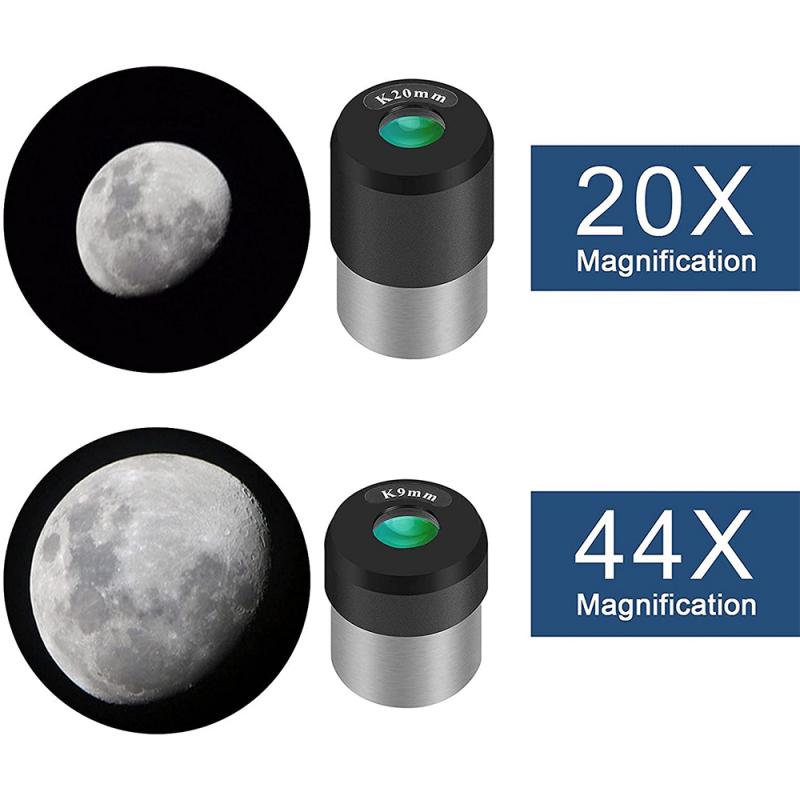
1. Blurry Image: If the image remains blurry despite adjusting the focus knob, check for the following:
- Dirty Optics: Clean the lenses or mirrors with a soft, lint-free cloth and appropriate cleaning solution.
- Atmospheric Conditions: Turbulent air or light pollution can affect image clarity. Try observing on a clear night away from city lights.
- Collimation: Reflector and compound telescopes may require collimation, which is the alignment of the mirrors. Consult your telescope's manual for collimation instructions.
2. Image Drift: If the object drifts out of view while focusing, ensure your telescope mount is properly aligned and stable. Equatorial mounts may need polar alignment for accurate tracking.
3. Difficulty Finding Objects: If you struggle to locate objects, double-check the alignment of your finderscope. It should point to the same area of the sky as the main telescope.
Advanced Tips for Better Focusing
1. Use a Focusing Mask: A Bahtinov mask is a tool that can help achieve precise focus. It creates diffraction patterns that make it easier to determine the exact focus point.
2. Electronic Focusers: For more advanced users, electronic focusers can provide precise control over the focusing mechanism, reducing the chance of overshooting the focus point.
3. Temperature Acclimation: Allow your telescope to acclimate to the outdoor temperature before observing. Temperature differences between the telescope and the environment can cause image distortion.
Maintaining Your Telescope
Regular maintenance can ensure your telescope remains in optimal condition for focusing and observing:
1. Clean Optics Carefully: Use appropriate cleaning tools and solutions to avoid scratching the lenses or mirrors.
2. Check Collimation: Periodically check and adjust the collimation of reflector and compound telescopes.
3. Store Properly: Store your telescope in a dry, dust-free environment. Use protective covers to prevent dust accumulation on the optics.
Focusing a telescope is a skill that improves with practice and patience. By understanding your telescope, following the proper focusing steps, and troubleshooting common issues, you can achieve clear, sharp images of celestial objects. Whether you're a beginner or an experienced astronomer, mastering the art of focusing will enhance your stargazing experience and open up the wonders of the universe for your exploration. Happy observing!






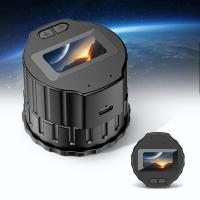
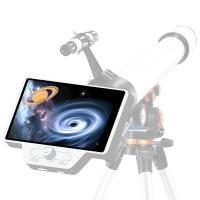
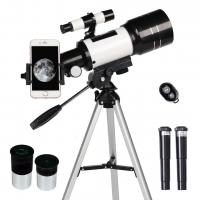
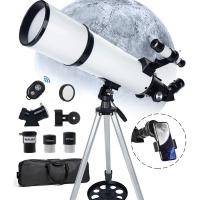
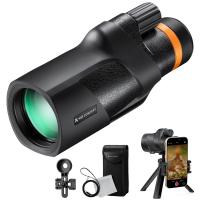
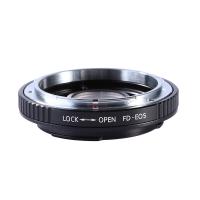



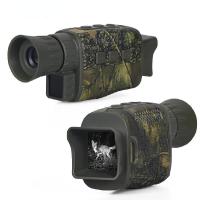


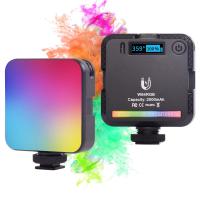


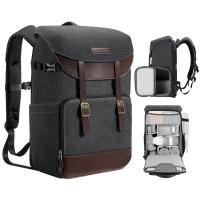

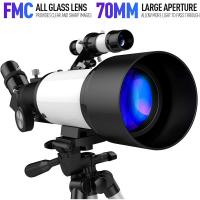

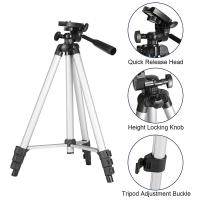

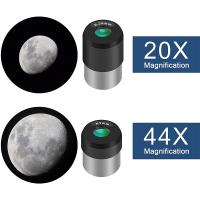
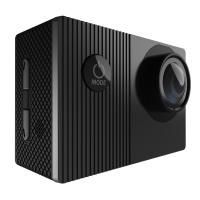





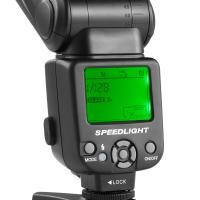

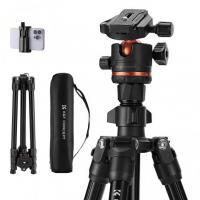

There are no comments for this blog.